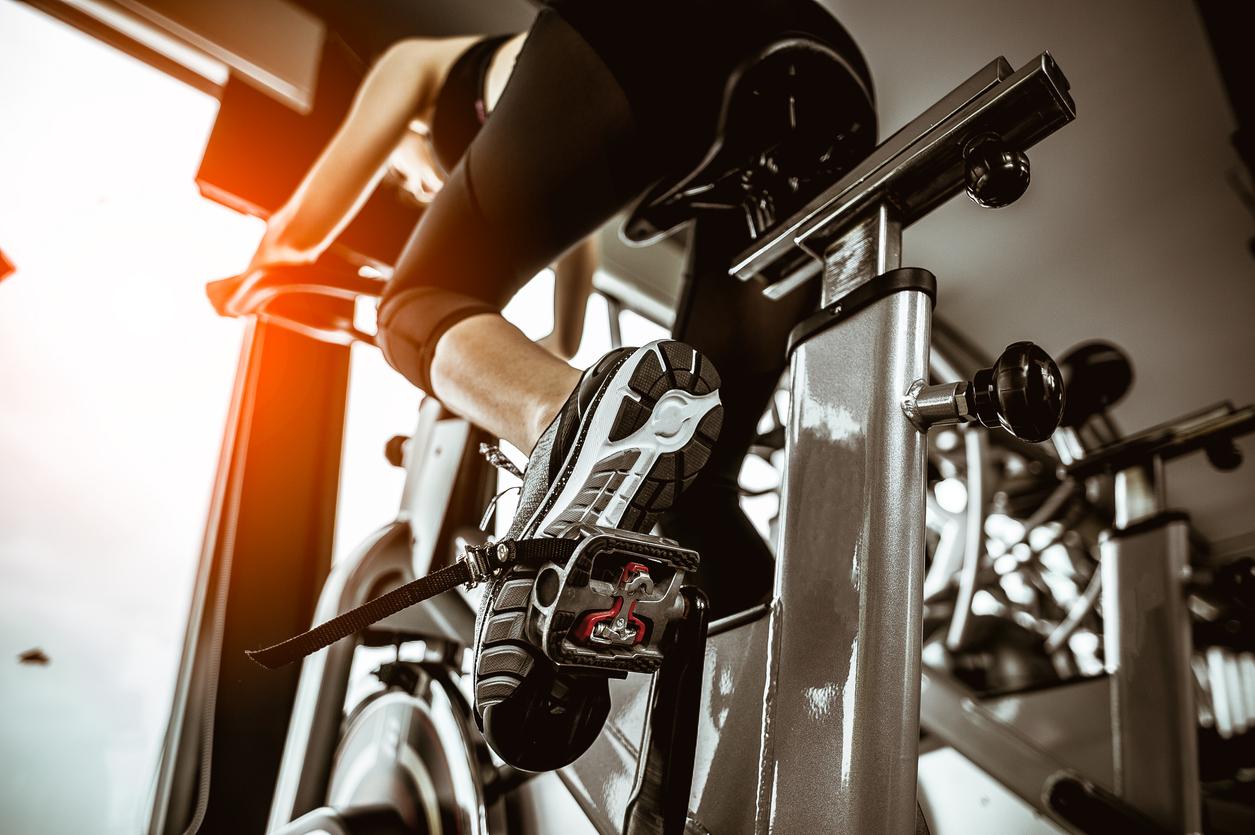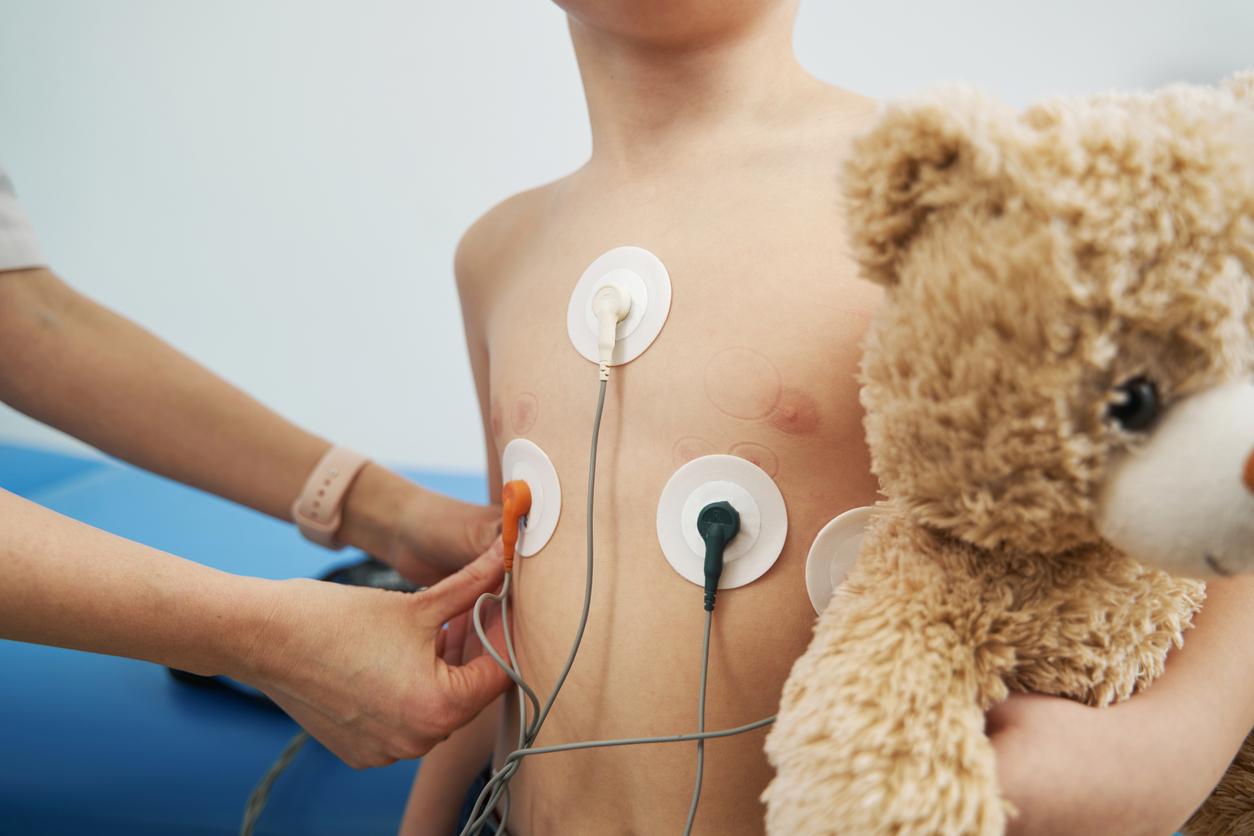Supporting study, researchers suggest that practicing physical activity during adolescence can prevent the onset of osteoporosis as we age.

- The process of bone renewal and repair, which reaches its peak in the twenties, decreases with age, leading to lower resistance and increased risks of fracture: this deterioration of bone tissue, called osteoporosis, affects nearly four out of ten women aged 65 and over.
- A new study reveals that practicing physical activity during adolescence, such as basketball, could prevent the onset of osteoporosis with age.
- “Bone mineral density is difficult to increase once it decreases [après la vingtaine]. It is therefore important to increase peak bone mass during adolescence to maintain this density as we age,” the researchers conclude.
The process of bone renewal and repair, which reaches its peak in the twenties, decreases with age, leading to lower resistance and increased risks of fracture: this deterioration of bone tissue, called osteoporosis, affects nearly four out of ten women aged 65 and over, according to Inserm.
According to a recent study published in the journal Frontiers in PhysiologyHowever, it would be possible to prevent the onset of the disease by opting for good sporting practices from an early age.
Sport during adolescence strengthens bone mass as we age
While previous work had already shown that a “10% increase in peak bone mass during adolescence could delay osteoporosis up to 13 years”researchers from Juntendo University in Japan wanted to better understand the long-term impact of sport on bone health.
To do this, they relied on a cohort of 1,596 people aged 65 to 84, evaluating their physical condition, their levels of blood biomarkers (such as vitamin D), as well as their bone mineral density (BMD) of the regions of the femoral neck (upper region of the thigh bone) and lumbar spine (lower region of the spine). The participants also had to answer questionnaires on their sporting activities during their childhood, their lifestyle habits, their medication history, their possible treatments, etc.
As a result, it appeared that older people who had engaged in sporting activities “high impact” during their adolescence experienced “improved bone mineral density and bone health in old age”can we read in a communicated. In detail, basketball was, for example, associated with femoral BMD “significantly high” in seniors, both men and women, while volleyball and swimming were associated, in women, with bone mass “more dense” at the level of the lumbar spine.

Increase your peak bone mass to prevent osteoporosis
“Physical exercise during adolescence affects BMD more than 50 years later in older people”, summarizes Professor Yoshifumi Tamura, lead author of the study. And there is no need to have been an athlete: the health benefits would concern the entire general population who have practiced physical activities only in the school setting.
“BMD is difficult to increase once it decreases, concludes the researcher. It is therefore important to increase peak bone mass during adolescence to maintain BMD as you age. Our study highlights the importance of exercise in adolescence for the prevention of osteoporosis and provides scientific evidence for establishing early preventive measures.”















